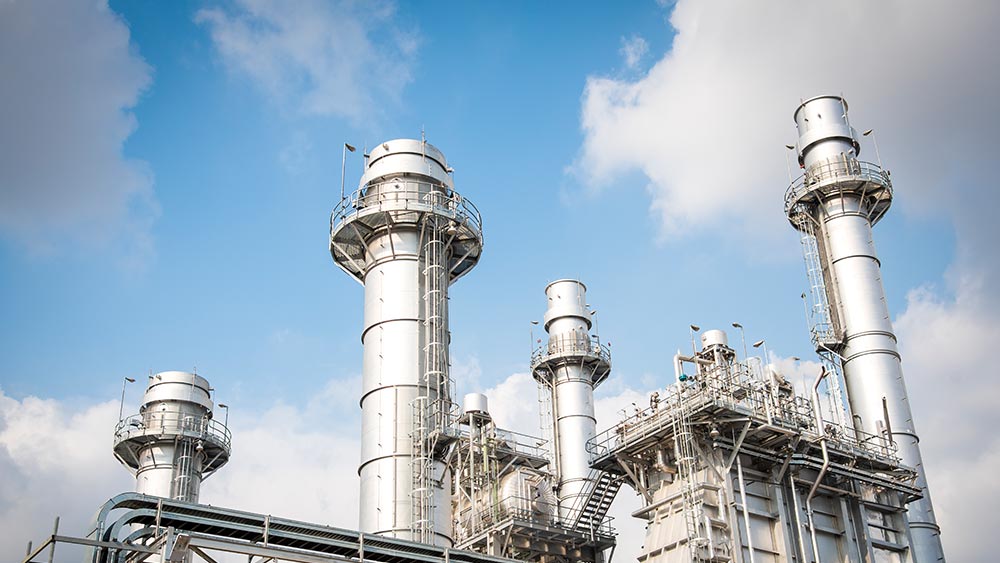
Dr. Karim Ahmed, assistant professor in the Department of Nuclear Engineering at Texas A&M University, will collaborate with Dr. Anders David Ragnar Andersson at Los Alamos National Laboratory (LANL) to conduct research to better understand the breakdown of nuclear fuel.
In order to extend the nuclear fuel cycle, the heavy metals that compose the fuel must have a targeted high burnup. Burnup is a measure of how much uranium is burned in the reactor. The faster the energy is extracted from a nuclear source, the more efficient the reactor runs. This reduces the downtime for refueling as well as the number of fresh nuclear fuel elements needed.
At high burnup values, however, the fuel sometimes fragments, presenting a potential technical challenge that is poorly understood. This is where Ahmed and his research team come in — they were awarded a developmental fellowship as part of the 2019-20 edition of The Texas A&M University System National Laboratories Office Collaborative Research Program with LANL to pursue this issue.
“We are developing a physics-based multiscale modeling approach to understand this fuel fragmentation phenomenon,” said Ahmed.
While other research groups at Texas A&M and LANL have developed independent submodels to look at different aspects of the complicated physical process of fuel fragmentation, Ahmed’s project is the first step in integrating the models.
The current regulatory limit of fuel peak burnup sits at 62 gigawatt-days per metric ton of uranium, but the United States nuclear industry is considering increasing this limit to improve the economy and efficiency of electricity production. Before this extension can be approved, the Nuclear Regulatory Commission will likely require nuclear power plants to analyze a number of potential operational occurrences as well as their consequences. A major factor in such analyzed scenarios is the behavior of fuel rods at high burnup.
“We hope that our work will provide the nuclear community with guidelines to assess the most limiting conditions and possible mitigation strategies for safely extending the fuel peak burnup,” said Ahmed.
Ahmed’s LANL collaborator Andersson is an expert on atomistic modeling of nuclear materials. “As a long-term goal, we plan on investigating the structure-composition-property relationships in nuclear materials through integrating physics-based, multiscale models guided by the principles of integrated computational materials science and engineering,” he said.